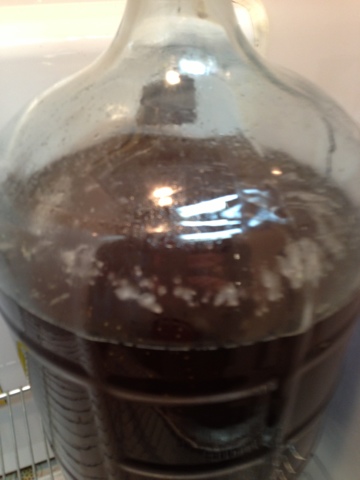Some people like to label their home-brewed beer. A friend of mine makes wine with his wife. Together, they design colorful and clever labels on the computer for each of their wines. For them, the label making is part of the process and part of what they like about making wine at home. But many people are not like that. Designing, printing, and applying (don't forget removing) labels can add hours to the overall process. And, while there may not be a lot of wine bottles to fill per batch, a typical 5 gallon batch of home-brewed beer requires at least 48, 12 ounce bottles, which means that beer labels require more effort. Honestly, I never put labels on my bottles. Bottling, as opposed to kegging, is labor intensive enough.
One option for homebrewers that bottle and would like labels is BeerClings.
BeerClings are reusable labels for beer bottles. Homebrewers can easily slap these on their bottles of homebrew. As it states on the product's website, "BeerClings are an exciting answer to the tedious labeling process undertaken by home brewers." I think that statement is accurate.
To test the BeerClings and get a feel for how well they work as advertised, I did the following:
- I put the labels on two different sized bottles. The labels fit on both.
- As you can see in the photo, I was able to mark the bottles with dry erase marker. To test this feature, I used a damp paper towel to remove my writing, and then write new words on the label. It worked fine, no problems.
 |
| BeerClings on Bottles |
- I put a label on a beer in the refrigerator and left it there for a couple weeks. The label adhered fine. I took it out of the refrigerator and made sure the label did not come off in the condensation. No problems. The hold was solid.
 |
| A Sheet of BeerClings |
The BeerClings definitely cling. They are easy to take off and reapply. The maker stated that he "went through a lot of material and the one [he] settled on blew the others away." I believe it.
Unfortunately, there is just one design at the moment. The maker wants to have labels for every beer style eventually.
The cost is $5 for a sheet of 12.
I was impressed by how well the BeerClings worked. I recommend them!


















